How Many Animals Are There in the World
Most Populous Animals On Earth
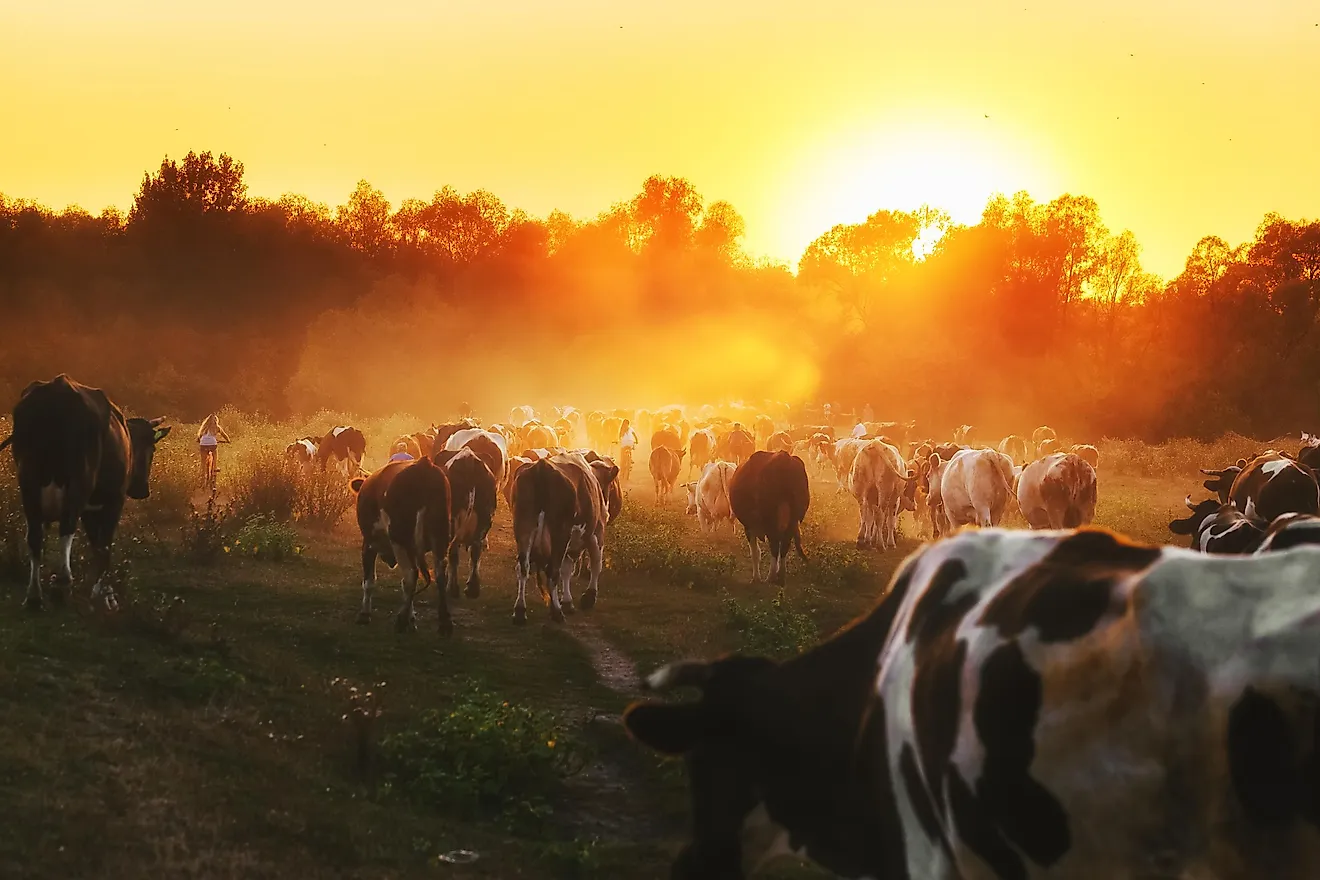
- There would need to be 70 trillion people living to match the collective biomass of the Earth today.
- Human consumption of animals has made it so livestock outnumbers wild mammals and birds ten-to-one.
- Some mammals are so prevalent they cannot be accurately counting, such as rats, mice and bats.
There are approximately 8.7 million different known species on Earth, with studies suggesting that 86% of all land species and 91% of all sea species are yet to be discovered or noted. The animal kingdom comprises only about 0.4% of the total living organisms on Earth; plants comprise the most at 82%, and microscopic bacteria comes next at 13%.
Livestock outnumbers wild mammals and birds ten-to-one in order to satisfy the demands of human consumption: livestock is 4% of the total animal biomass of the world, with wild mammals and birds at 0.38%. Here is a closer look at the most populous animal on Earth.
1. Donkeys - Over 40 Million
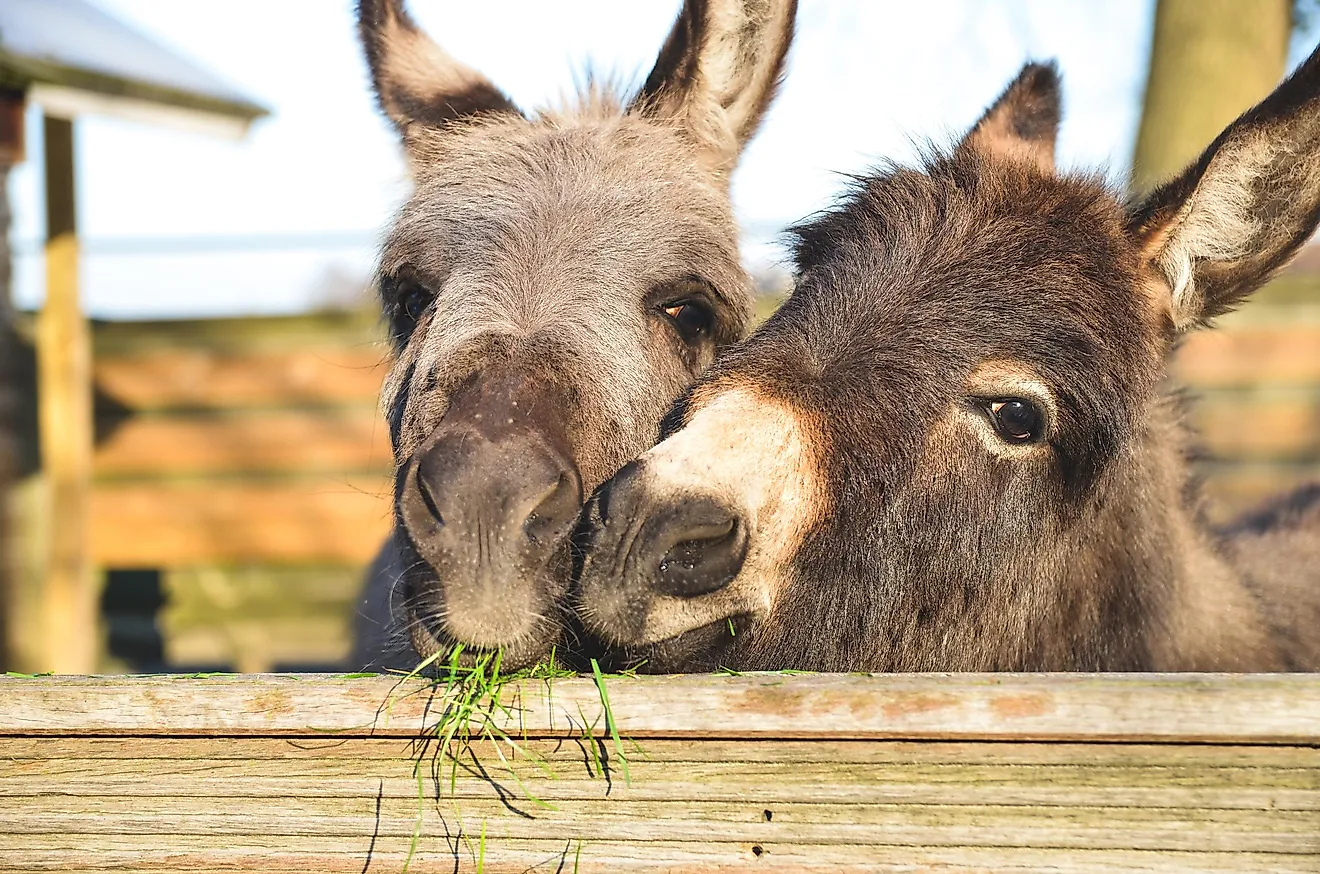
Donkeys have been domesticated since 4,000 BCE. These hard-working creatures are used as draught or pack animals in developing countries of the Global South. In developed countries, donkeys are sometimes kept as pets. Domesticated donkeys are sometimes also used as guard animals for cows, goats and sheep against coyotes, although, the coyote is the only natural enemy to donkeys as well.
Living in desert plains of African countries, wild donkeys can survive on very little food and water for long periods of time. Donkeys are also prevalent in Asia, notably China and Pakistan, and Mexico.
2. Goats - 45 Million
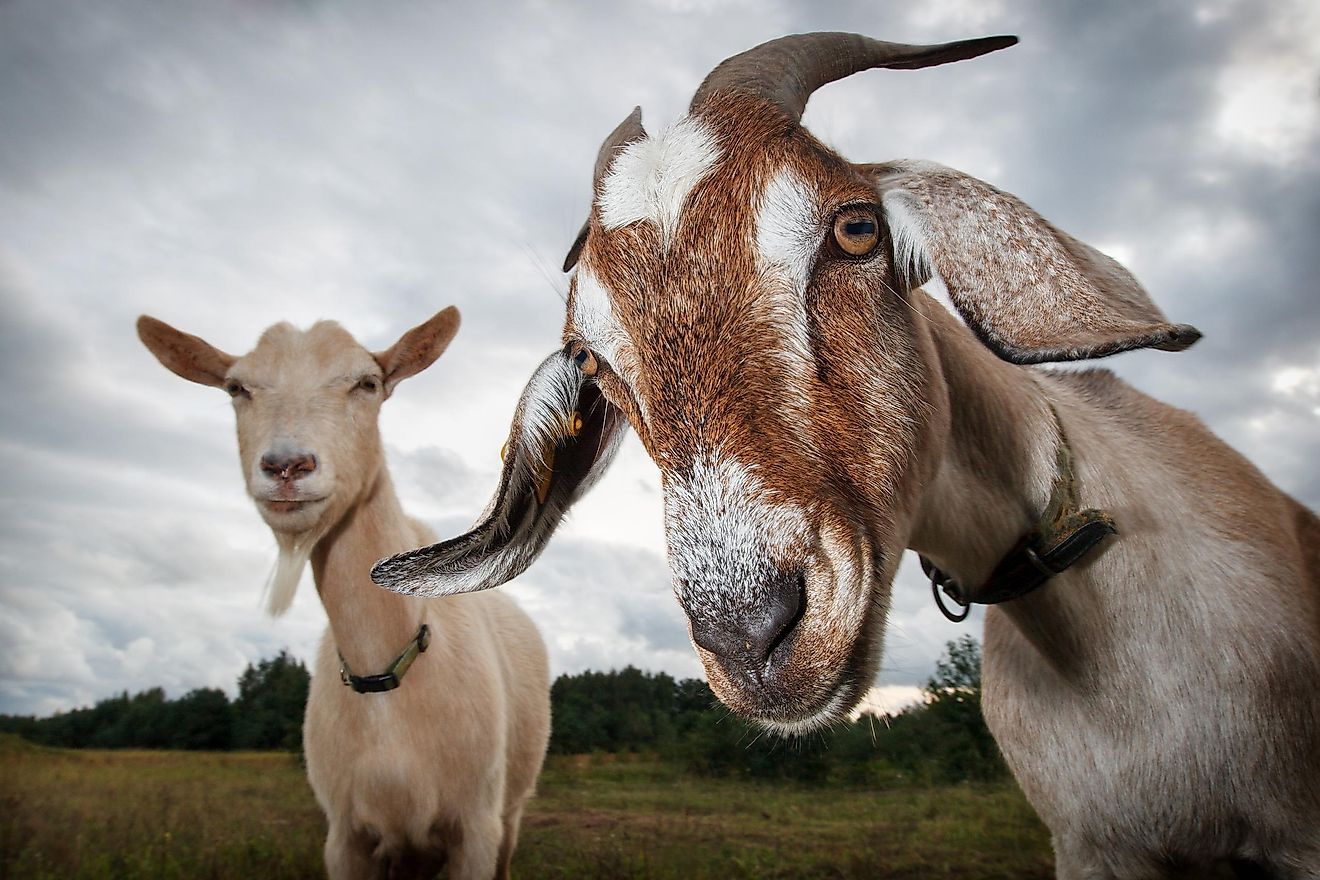
There are over 900,000,000 goats around the world, with three main types being the Domesticated (Capra Hircus), the Wild (Capra Genus), and Mountain Goats (Oreamnos Americanus). Requiring much less food than cows and bred for their nutrient-rich milk and controversially delicious cheese products, goats are prevalent on the European Steppe, Asia, Africa, as well as in the Americas, where they were first introduced by Columbus in 1493.
Misunderstood as "stubborn," they are actually gentle creatures and kept as pets in some regions of the world. An interesting fact is that in Russian-speaking countries, a man who has done something wrong, or a woman who shows informal behavior, is often called a "goat." Women are also called that, affectionately, by their other halves, while an angry group of women may refer to all men as "goats."
3. Cats - 400 Million

There are more than 70 different breeds of cats, and at least 373 million cats are kept as pets around the world today, out of the global total of over 600,000,000. This number is hard to estimate with complete accuracy because tracking feral cats around the world is a difficult task.
These proud animals are often assumed to be conceited, but are actually some of the most nurturing creatures to their owners, with the ability to sense distress, coming to cuddle and exchange their energy, without expecting anything in return but ear scratches. Cats are solitary hunters but social animals, with grooming taking an important place in their socializing habits.
In Alaska, a cat named Stubbs was the honorary mayor of a town called Talkeetna from 1997 to 2017, having lived 20 years, which is longer than the average lifespan of a cat at 12-15 years, with 18 years being a long life.
4. Pigs - 678 Million
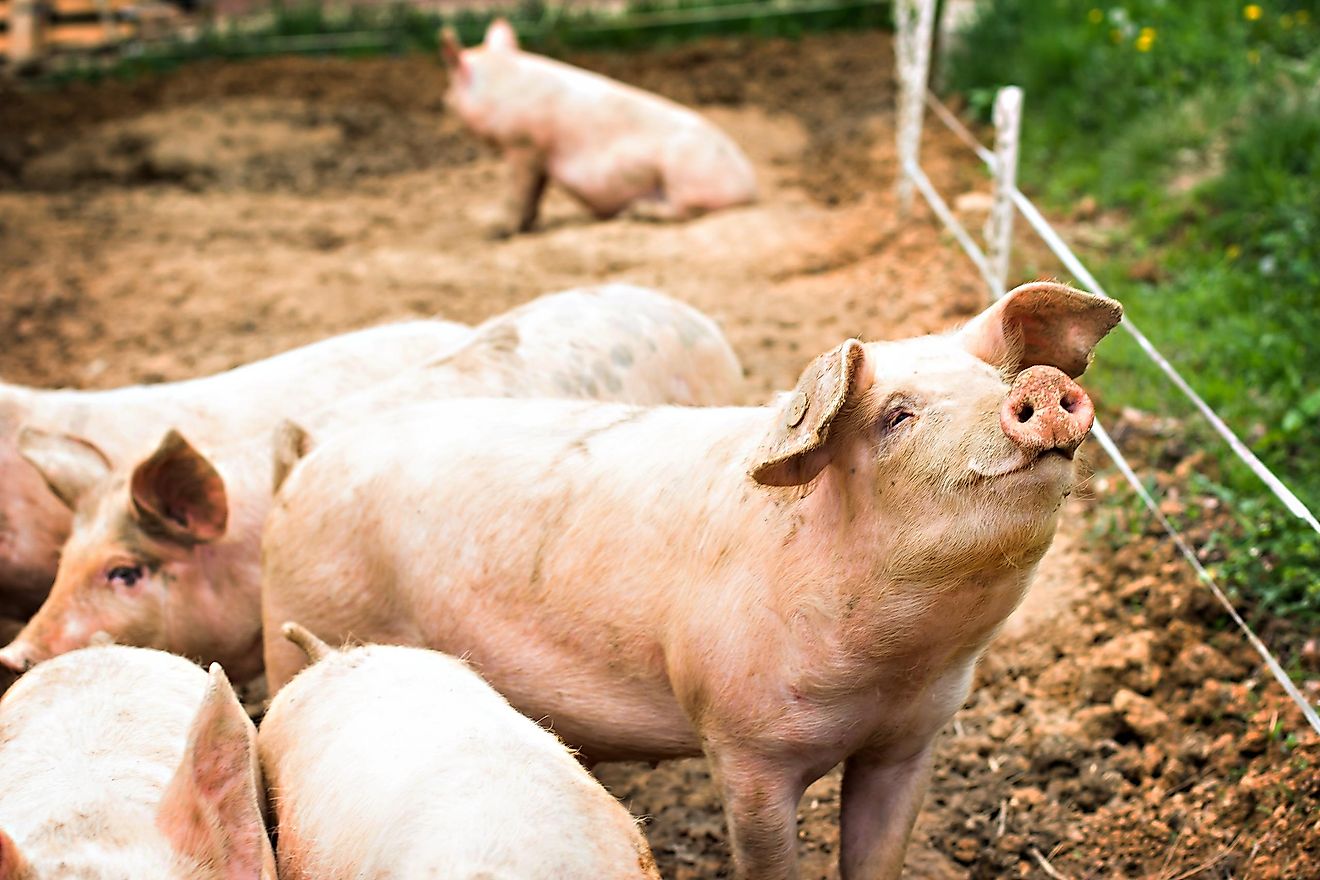
Although there are some who keep pigs as pets, unfortunately, the sole purpose of breeding pigs today is for meat production for pork, sausages, bacon and lard a popular delicacy in Eastern European countries. Pigs themselves can eat apple peels and cores along with other fruits and vegetables that humans discard, making them a good way to compost.
Pigs are intelligent and social animals who adapt to challenges easily and enjoy playing and problem-solving. In fact, some studies have found pigs to be more intelligent than dogs, yet in much of the world eating dogs is considered taboo.
5. Dogs - 900 Million - 1 Billion

Today, there are about 471 million dogs kept as pets in the world. Although Asia followed by Africa have the highest number of dogs, the vast majority of dogs in those continents are unaccounted for, being either strays or unregistered. North America, with 87 million pet dogs, is followed by Europe (65 million in 2018), where Russia is leading with at least 12 million pet dogs.
6. Cows - 987.51 Million
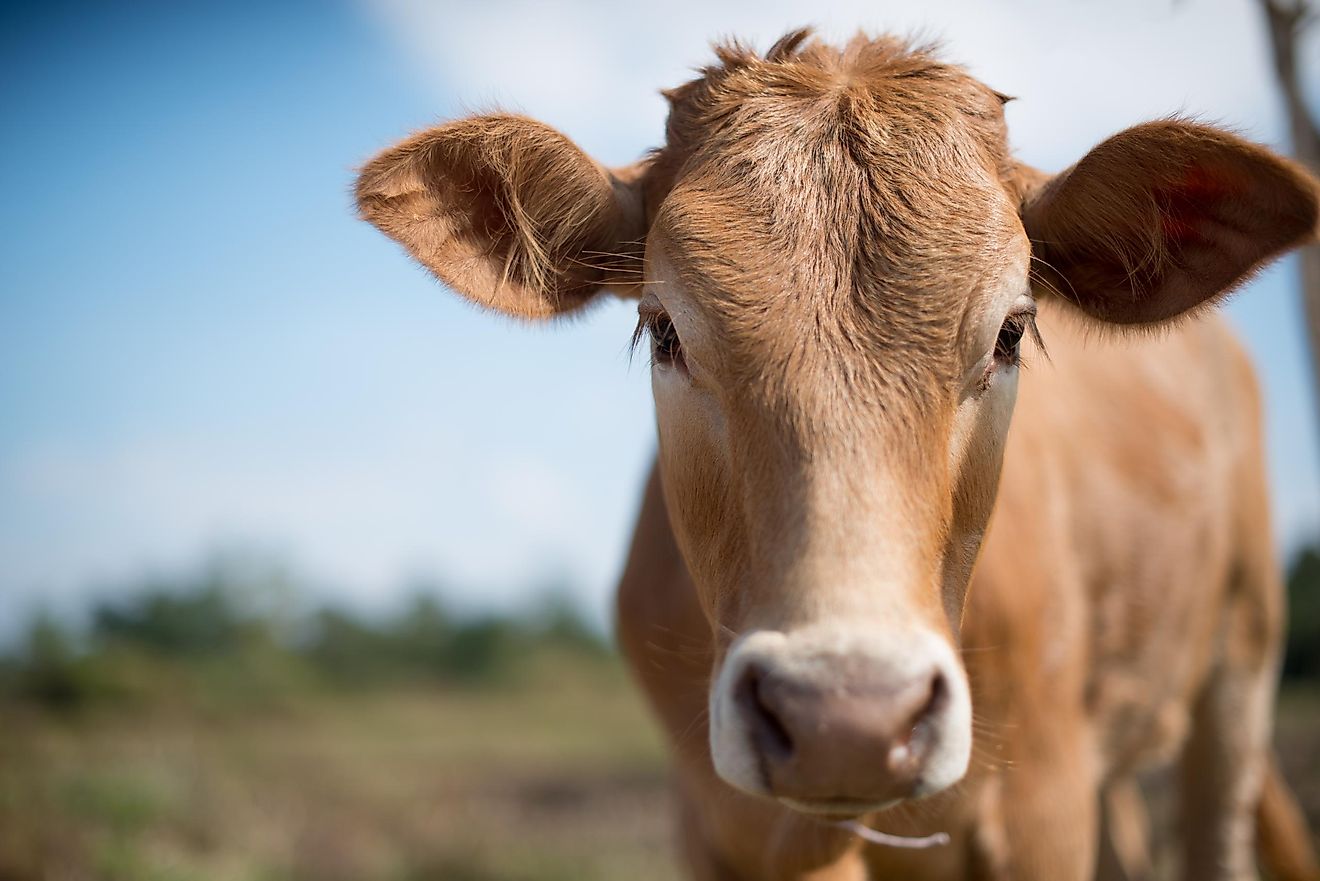
The cow population has been declining slowly but steadily over the last decade in parts of the Western world, as people are becoming less dependent on their products, with veganism as a popular trend and dairy substitutes becoming widely available. Today, there are more than 1 billion cows worldwide.
Of those, roughly 10 million are milk cows in the US. The nation is known for loving its burgers, but it is also a place where meatless trends are becoming popular. Europeans registered 22.6 million dairy cattle in the EU and U.K last year combined, but those numbers are also shrinking.
7. Sheep - Over 1 Billion
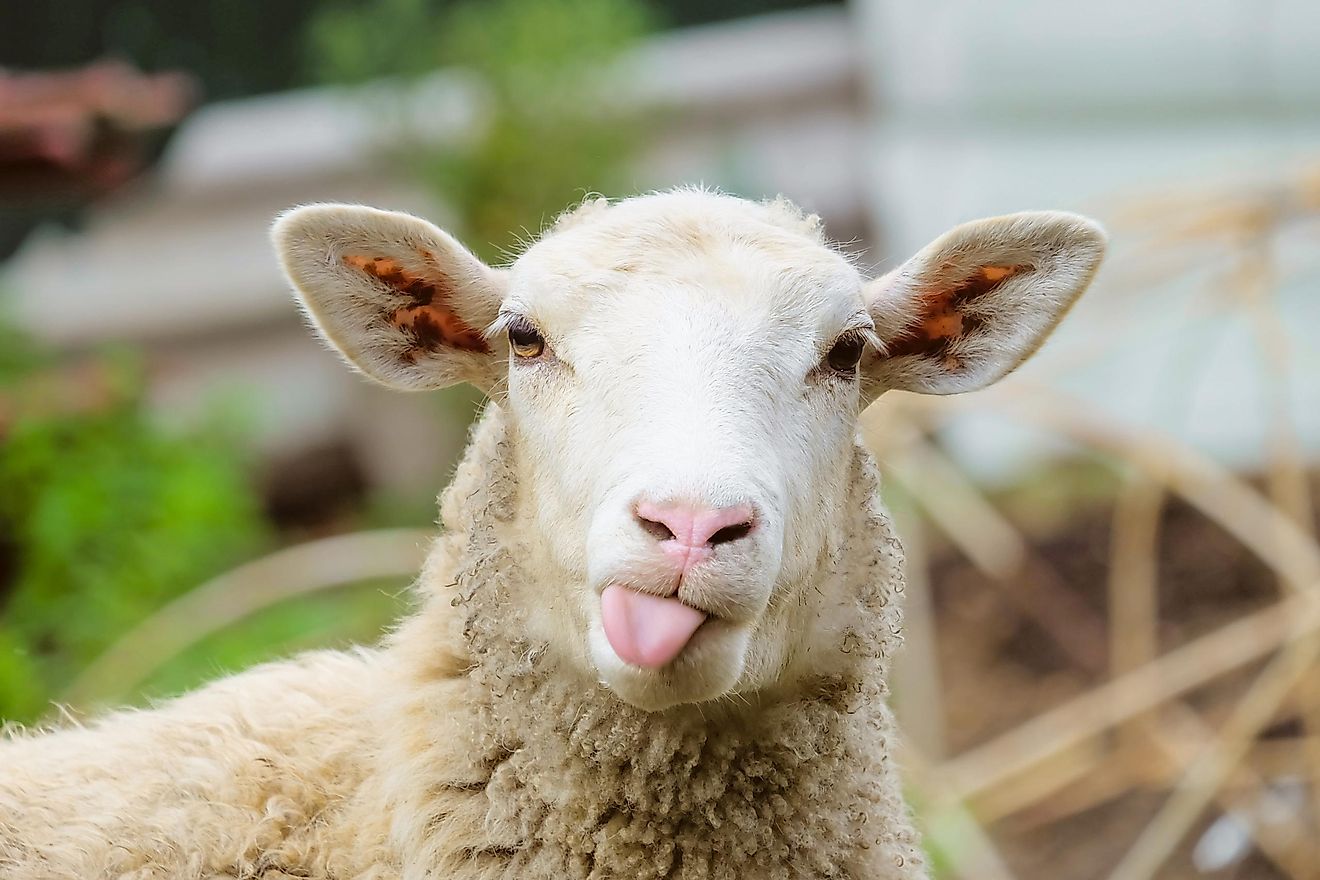
There are over 1 billion sheep in the world. However, because it is very time-consuming and difficult to keep sheep, the number of total sheep in the world is growing smaller.
There are some major advantages of keeping sheep, in that they are cheaper to buy and raise (they consume only 3% of their body weight at a time), and they produce more offspring than cows. However, the labour that goes into raising them is far too great, outweighing the benefits of low costs. Not only do they require an almost 24/7 watch, as they easily get lost, falling prey to predators such as wolves and eagles, but their coats also require constant upkeep of detangling and shearing.
Another interesting fact about sheep is that due to the location of their eyes, they can see 300 degrees around, which is 5/6 of everything surrounding them!
8. Humans - 7.8 Billion (end of 2020)

Humans comprise only 0.01% of the total living species on Earth, with a projected population of 7.8 billion by the end of 2020. There would need to be 70 trillion people living, to match the collective biomass of the Earth today.
9. Bats - Unknown
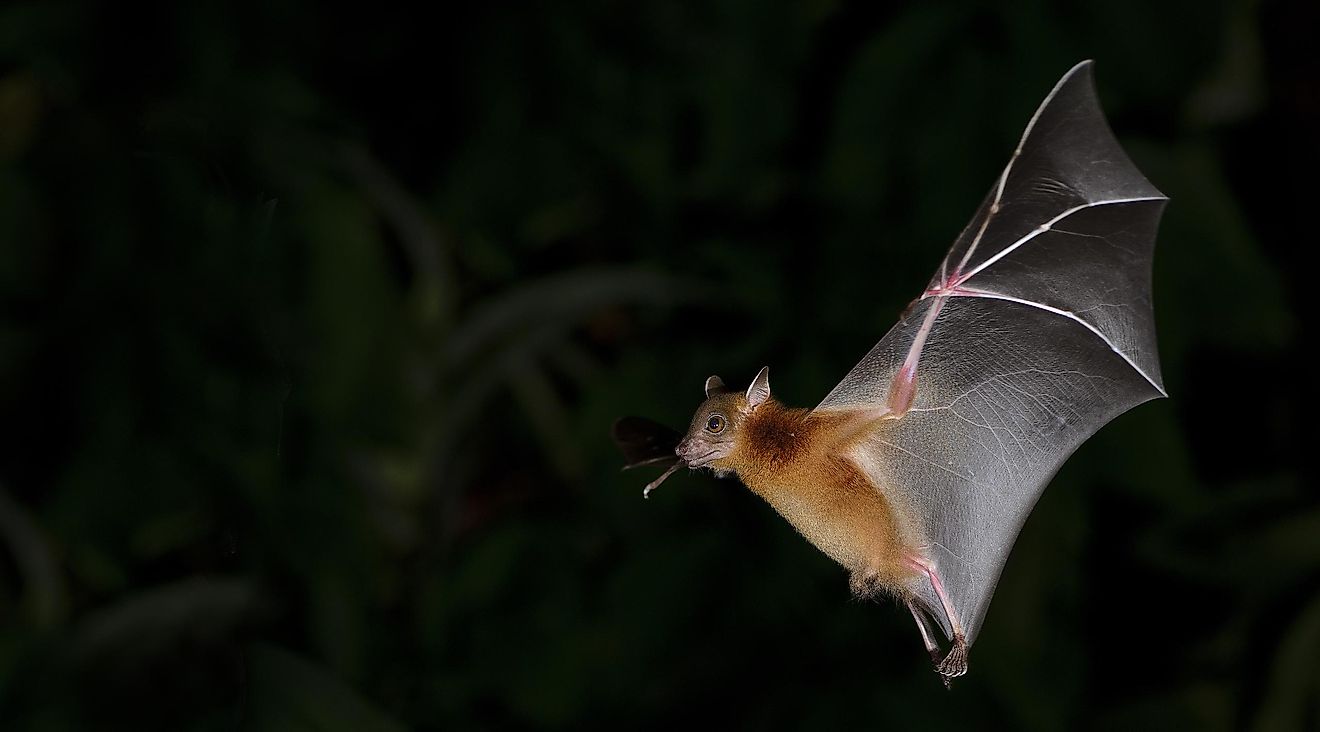
Bats are astonishing creatures. They are the only mammals that can fly, and we currently do not know just how many of them share the Earth with us. There are at least 1,300 different species, and we know that many species have not been identified or described. Because they have a very strong immune system, they have been credited with passing on diseases to humans that have proven disastrous in the latter species, like Ebola and SARS.
They live in warmer areas, occupying caves, rain forests, mountains, farmland, woods and cities. Their diet consists of fruit, nectar, and insects.
10. Rodents - Unknown
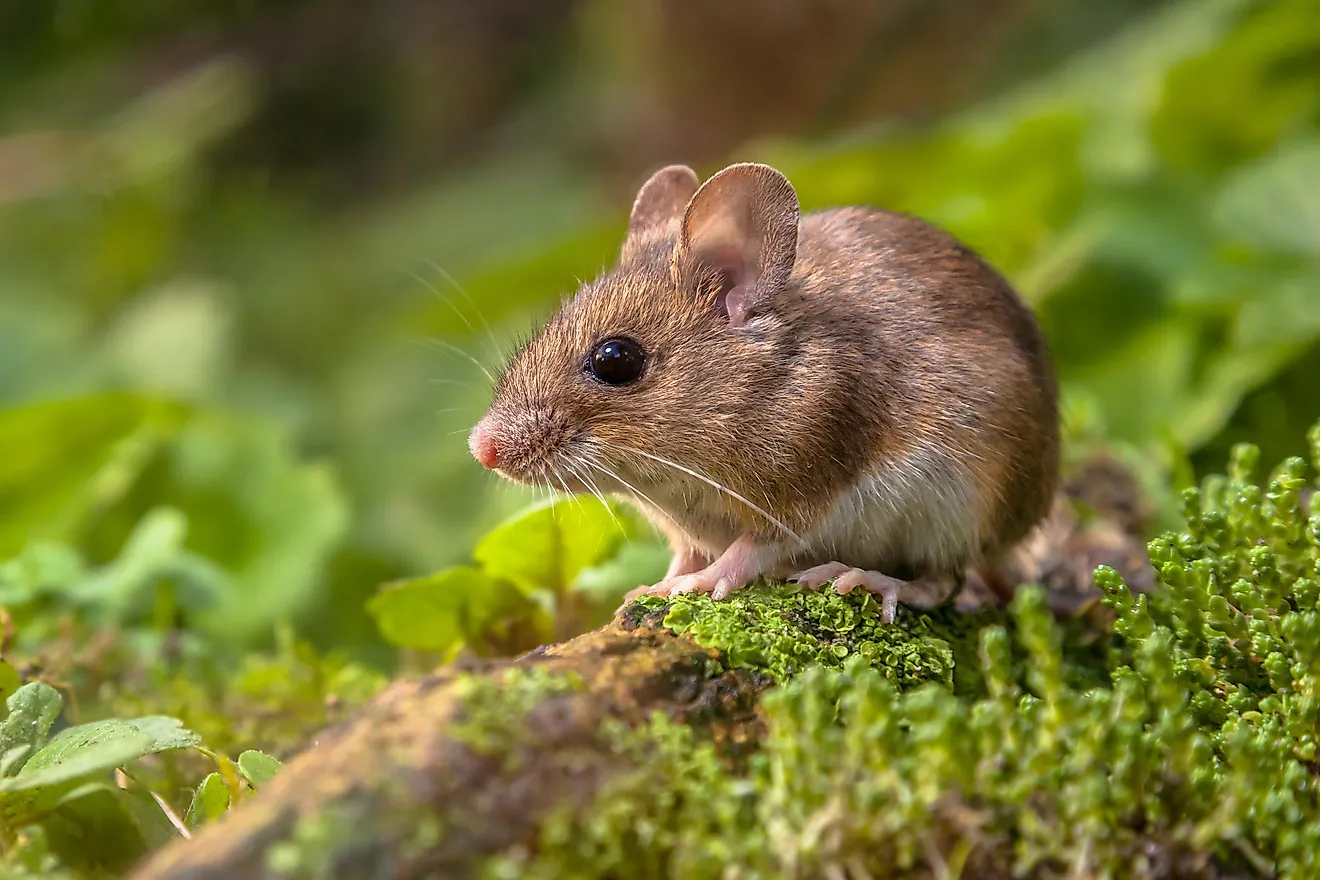
The most common rodents in the world are rats, mice and squirrels, with guesstimates being over 10 billion for the first two. There are 200 different species of squirrels around the world, except Australia and New Zealand.
China alone has at least 2 billion rats, and there are up to 1.5 billion in the United Kingdom. While some sources say that there are 7 billion rats around the world, others double that number, and quote 14 billion. The number of mice is likely close.
It is impossible to get the exact number for the populations of species, other than humans. Not only are animals being born and dying every second, but there are nocturnal animals, animals in hiding that escape human eyes and detectors, as well as undescribed events of all sizes, that potentially kill off thousands of animals at a time.
Nevertheless, having gone through disease, starvation, predation, and human intervention, the "most populous species of animals show an enthusiasm to keep reproducing and growing their numbers.
Most Populous Animals On Earth
| Rank | Animal | Population |
|---|---|---|
| 1 | Human | 7,658,000,000 |
| 2 | Cows | 1,460,000,000 |
| 3 | Domestic pig | 1,000,000,000 |
| 4 | Domestic sheep | 1,000,000,000 |
| 5 | Dog | 900,000,000 |
| 6 | Domestic goat | 900,000,000 |
| 7 | Rabbit | 709,000,000 |
| 8 | Cat | 600,000,000 |
| 9 | Water buffalo | 172,000,000 |
| 10 | Horse | 58,000,000 |
| 11 | Donkey | 40,000,000 |
| 12 | Mule | 10,000,000 |
| 13 | Bats | Unkown |
| 14 | Red fox | Unknown |
| 15 | Squirrel | Unknown |
| 16 | Mice | Unknown |
| 17 | Rat | Unknown |
- Home
- World Facts
- Most Populous Animals On Earth
How Many Animals Are There in the World
Source: https://www.worldatlas.com/articles/most-populous-mammals-on-earth.html

0 Response to "How Many Animals Are There in the World"
Post a Comment